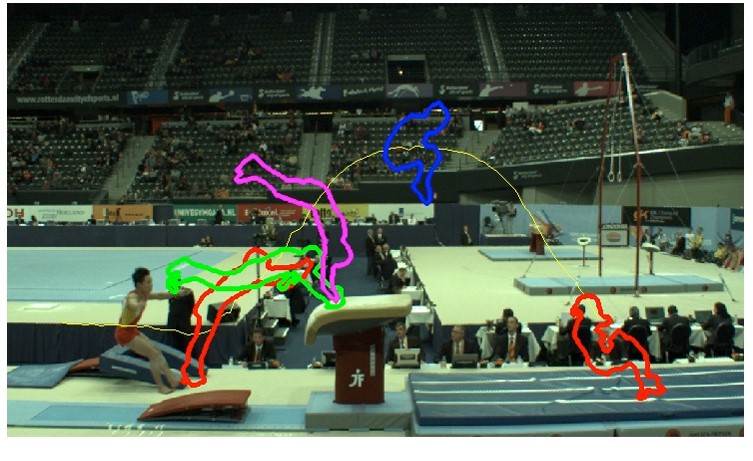Services
Providing sport innovation support for focus, speed and learning
Innovation delivers an advantage. Think of new sports, accessibility, rules, training methods, movement techniques, nutrition, materials and information systems. We support startups/companies, sports organisations, public authorities and knowledge institutes in realising innovation and education in the field of sport and physical activity. Please refer below for our services.
Our Services

Innovation
We support innovation from idea to market, based on lean canvas, customer interaction, market research, minimum viable product, testing, etc. Support may be consults, guidance and/or execution in the whole or parts of your path to success.

Education
We educate students, executives and others in innovation, providing insight into success factors, concrete methods and appealing examples. Courses include presentations, interactions, visits and/or exercises enhancing your innovation skills.
Revolutionary and evolutionary innovation
If you were Dutch and were asked to give an example of a sport innovation, the chances are you would mention the clap skate. Perhaps you also know that the skater can skate faster with this type of skate because the clap mechanism allows the skater to stretch the ankle when pushing off, while the blade remains on the ice. What is less well known is that getting this innovation into widespread use in practice didn’t happen without a struggle. The principle of the innovation and the technical solutions were already well known and available, but nobody dared to take the first step to actually switching to the innovation. This was largely because the skaters anticipated having to adjust their skating technique which might risk their falling behind their competitors. As a result of the successful pioneering work of Tonny de Jong and team mates, huge numbers of skaters switched to the new skate.
The story of the clap skate perfectly illustrates what innovation means: achieving an advantage and being ahead of the field, but preferably not too far ahead, in the light of the challenges involved in introducing the innovation in practice. The degree of alignment with the dominant current practice plays an important role in dissemination within the market. The transition from wooden tennis rackets and hockey sticks to artificial versions and the introduction of improved shock absorption in running shoes went more smoothly; in these cases the new products didn’t require any fundamental adaptation by the user such as (later proved to be untrue) expected with the clap skate. We also saw the same thing happen with the introduction of the carve-ski, which is narrower in the middle compared with its predecessors and therefore makes it easier to turn.
In general we can suppose that successful innovations almost always consist of small modifications or the transfer of technology from another domain (‘evolutionary innovations’). Innovation is by definition something which delivers an advantage; this may involve new sports, accessibility, rules, training methods, movement techniques, nutrition, materials and information systems. Innovations of the same kind as the clap skate (‘revolutionary innovations’) are the exception rather than the rule. Often thought to technical innovations (‘tech’), but innovations can equally well be ‘no-tech’; think of the revolutionary Fosbury Flop in the high jump, whereby the jumper clears the bar headfirst and backwards, and a sport like beach volleyball, evolved from a leisure activity at the shore.
Agility, the business model and customer development
Sport innovation is about agility, the business model and customer development, as Steve Blank put it when describing start-ups. In terms of the idea for the innovation – the goal – the sport (‘the customer’) plays a leading role, and that is the best guarantee of realising sustainable and well-used products and services. Experience has taught us that consultation with the sport tends to run most efficiently with elite sport, because more often than not the pooled knowledge and experience – generated over decades, both current and projecting to the future – is easily accessible in the figure of the technical director. Elite sport does however come with top-level specifications and top-level urgency, and above all it is a relatively small market. From the perspective of economic profitability (‘the business model’) it is often more attractive to focus attention on competitive and recreational sports people rather than those in elite sport, and to talk to them, observe them and distil the question from there.
Of key importance is to work with a growth model, in other words: start with a development project of limited scope and duration, and expand this step by step with small, consecutive projects or project extensions. With this approach the project delivers regular results and is easier to steer (‘agility’). Quick wins are especially valued in the sporting world. It is important that project team members work closely together physically and with a high iteration frequency during the development process.
Technological and social innovation
The market is forcing businesses to innovate increasingly more quickly in order to keep ahead of the competition. Companies can only innovate more quickly if the company structure is in order and employees have the space to work on innovations. Social innovation plays an important role in this. Social innovation consists of the development of new management skills (dynamic management), applying innovative forms of organisation (flexible organisation), achieving excellent labour relations (smarter working) and collaborating with external parties (co-creation). 77% of innovation success is determined by social innovation and 23% by technological innovation. Technological innovation is of course an important and necessary platform, but social innovation clearly adds huge momentum towards profiting from investment in innovation. Source: Technologische en sociale innovatie in een concurrerende markt (Technological and social innovation in a competitive market), Panteia/EIM & Erasmus University/RSM.
Projects
ISBN 978-90-5472-346-2
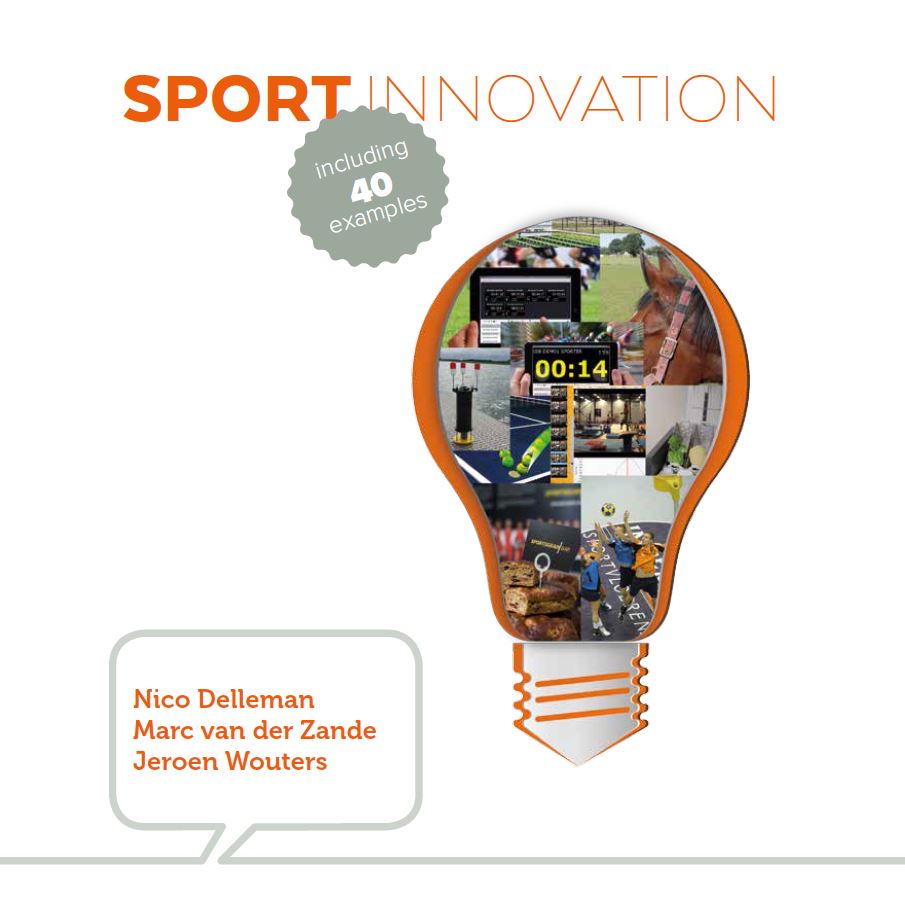
Accessible jury scores analysis
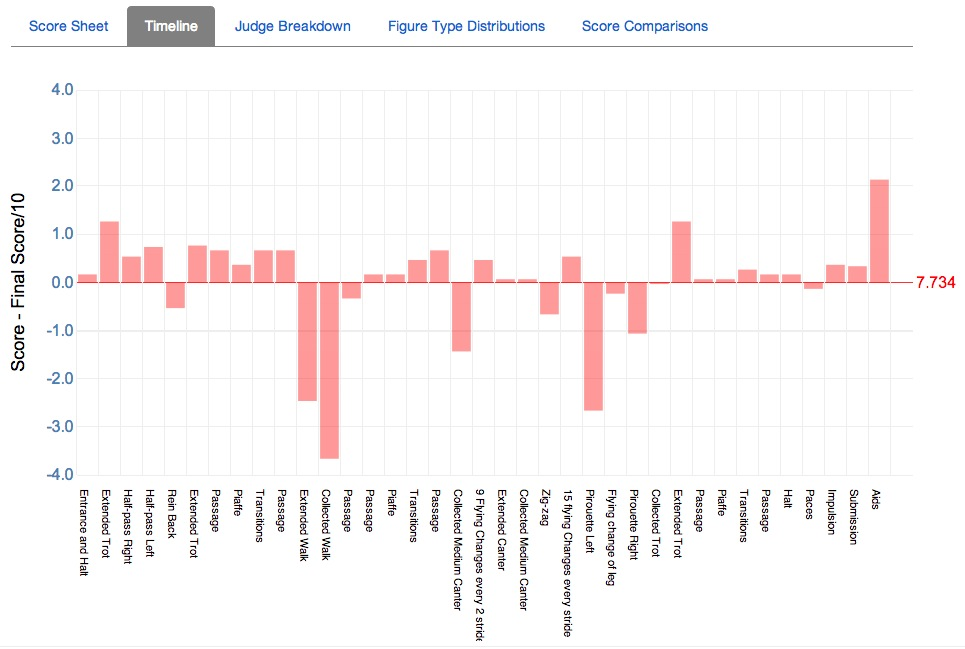
Activity sensor
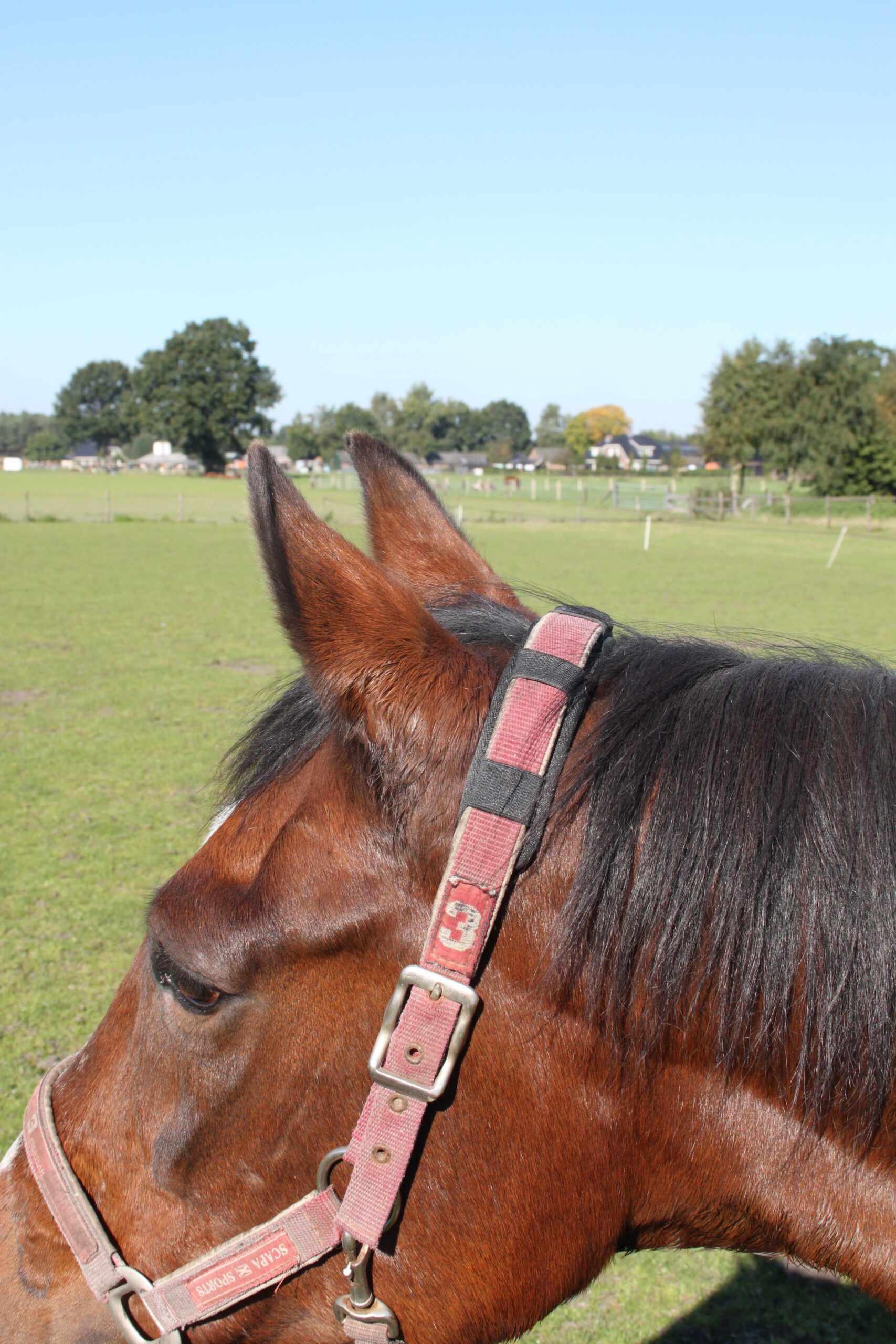
Automated live broadcasting platform and app

Basketball shot training glasses
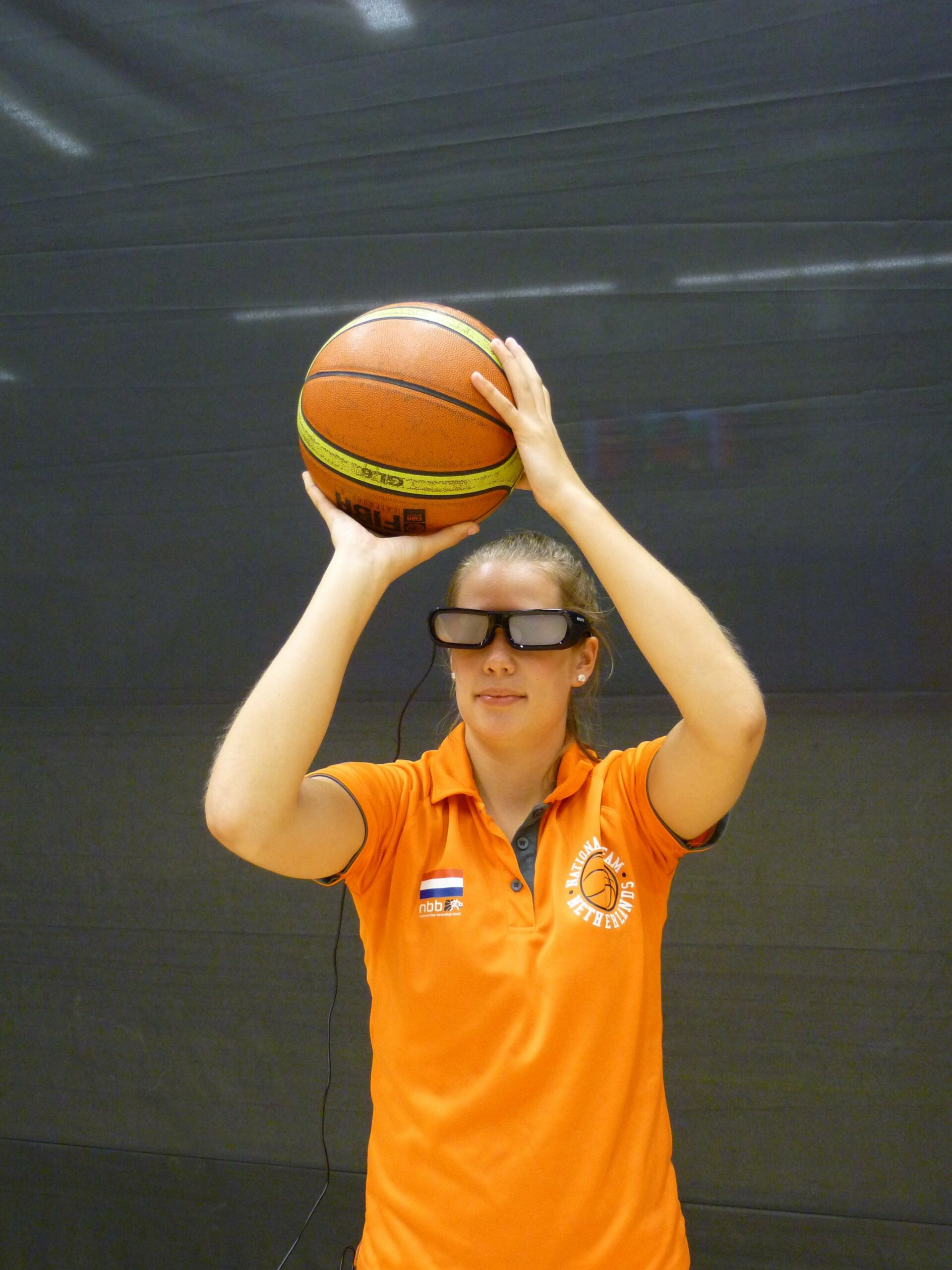
Contour motion analysis software
